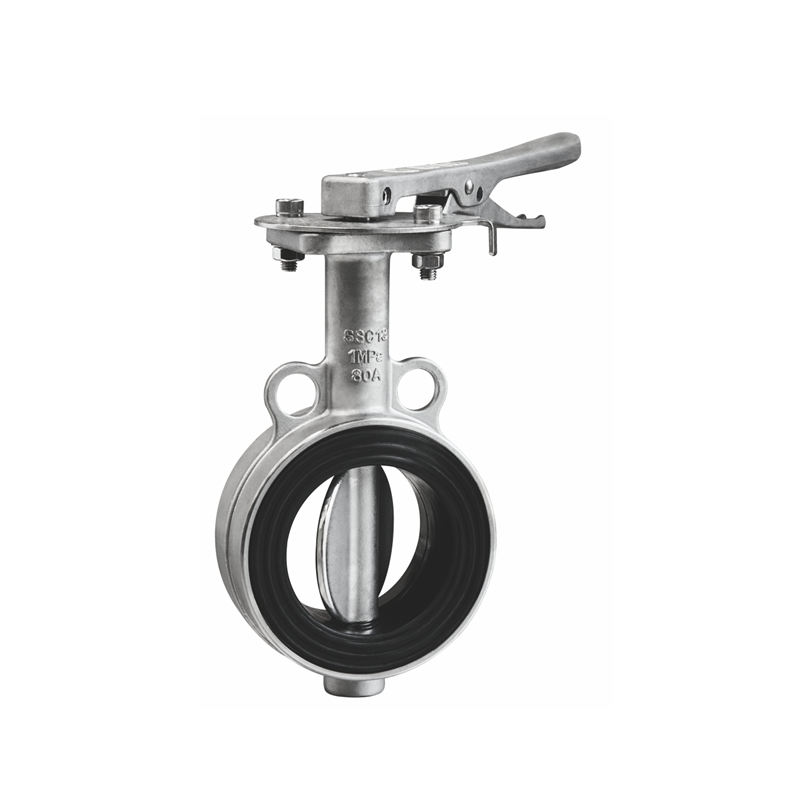Table of Contents
ToggleButterfly valves are a type of valve designed to control flow in various fluid services. First developed during the 1930s, these devices have become ubiquitous across a variety of industries today.
When selecting a butterfly valve, there are two primary types: lug and wafer. Both work in a similar fashion; however, the choice between them depends on your application.
Selecting the ideal butterfly valve depends on your project requirements. Lug-style butterfly valves are usually made of metals, while wafer-style butterfly valves are composed of plastics and can be operated pneumatically or electrically.
Cost
Lugged butterfly valves are more expensive than wafer ones, but they offer a stronger connection. Unfortunately, they can be more challenging to install and maintain.
Lug butterfly valves are constructed from metals such as ductile iron or steel and feature threaded lugs on their flanges for bolt connections.
Wafer-style butterfly valves lack lugs and instead feature four holes that align with pipe flanges. Two piping flanges can be inserted through the butterfly valve’s centering holes, then tightened using two flange bolts – clamping the valve securely between both piping flanges.
Installation
Lugged butterfly valves are usually constructed from ductile iron or steel and feature threaded lugs on their flanges for bolt connections. This design makes them perfect for end-of-line service applications.
Conversely, wafer butterfly valves are lighter and less costly than their lug counterparts. Placed between pipe flanges, these valves utilize either a rubber or EPDM seat to form an incredibly strong seal.
Operation
Lugged butterfly valves feature threaded inserts (lugs) outside the valve that attach to piping flanges using bolted connections. This design allows one side of the piping system to be disconnected without interfering with another.
Wafer butterfly valves do not feature attachment lugs. Instead, they must be clamped between two piping flanges with either rubber or EPDM valve seats and can be fitted to most flange standards for use in various applications. They can be operated pneumatically or electrically for added convenience and dependability.
Maintenance
Butterfly valves are quarter-turn valves that restrict material flow in solid, liquid, or gaseous forms. They’re used in a range of applications like food processing, pharmaceuticals, and chemical and petroleum handling.
Lugged butterfly valves are composed of metal such as ductile iron or steel and feature threaded tapped lugs located on their flanges for bolt connections.
Lugged butterfly valves are widely used in high-pressure applications and can be operated using either electric or pneumatic actuation.
Wafer butterfly valves feature four holes that align with the pipeline being connected. They clamp between two flanges within the pipework, with either a rubber or EPDM valve seat providing an effective seal between them and their connection.
Valves are essential devices that open and close a fluid flow path. They play an essential role in any industrial process. At Xintai Valve, we offer an extensive selection of high-quality industry valves, such as gate valves, globe valves, ball valves, check valves, and butterfly valves, to suit your needs.
Xintai Valve is one of the world’s leading producers of industrial valve products, boasting six ranges and thousands of varieties. We have earned their customers’ trust by producing superior casting balls, gate, globe, check, and wedge valves for various applications.










